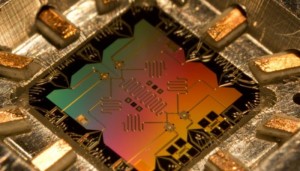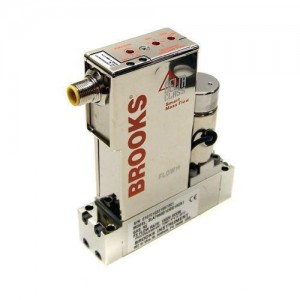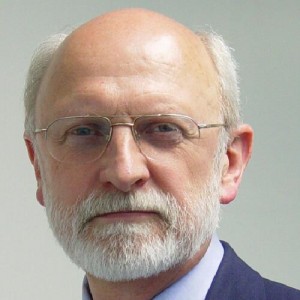 In 1965, Moore’s Law was an observation. By 1975 Moore’s Law had become a benchmark to which semiconductor companies strove. It provided a metric and a trend that created new industries, changed cultures, and enhanced our lives. Moore’s Law made information and communication more democratic in that the common person now has more power to influence markets, politics and culture.
In 1965, Moore’s Law was an observation. By 1975 Moore’s Law had become a benchmark to which semiconductor companies strove. It provided a metric and a trend that created new industries, changed cultures, and enhanced our lives. Moore’s Law made information and communication more democratic in that the common person now has more power to influence markets, politics and culture.
Why has Moore’s Law brought such amazing technological and societal advances? I would submit that it is due to a shared vision. A global consortium of companies, universities, research institutions and governments is focused on meeting the expectations of Moore’s Law. This synergy has enabled advances that no individual or single institution could accomplish. This is, in a way, similar to President Kennedy’s vision in 1961, outlining the goal to putting a man on the moon. The institutions throughout the USA focused on the goal to put a man on the moon “before this decade is out”. The goal was accomplished in 1969. Since this was the only goal outlined, the country lost focus on space exploration for a while. Therein is the difference between Moore’s Law and the “moon shot”. The benchmark/goal was a rate of development and not an end point.
But, now, the trend is slowing and appears to be approaching the end. I had assumed that Moore’s Law would be supplanted by a new computing paradigm before it became too expensive to maintain the development rate. Instead, the industry is looking at ways to keep going. The new paradigm that the semiconductor industry is touting is termed “More than Moore”. This has a different approach than with Moore’s Law. “More-than-Moore” (MtM) is characterized by functional diversification of non-digital semiconductor-based devices. It is acknowledged that “they do not necessarily scale at the same rate” as that of digital functionality. The intent is to provide additional value by migrating non-digital functionality from system board-level to ultimately integrating with the digital functions on the chip (SoC).
The problem is that MtM, now, has no singular focus. There is a diversification of domains. Each domain intends to have its own “law of expected performance” (LEP). While Moore’s Law “digital trend” is not abandoned, it is not the primary focus. I see an industry struggling to maintain value growth in the face of mounting, unsustainable costs because of its paradigm-lock on 2D scaling. I have outlined the importance of Moore’s Law in previous articles here and here and proposed that the trend can be sustained by 3D integration. The added benefit is that MtM can be implemented more simply through heterogeneous 3D integration.







